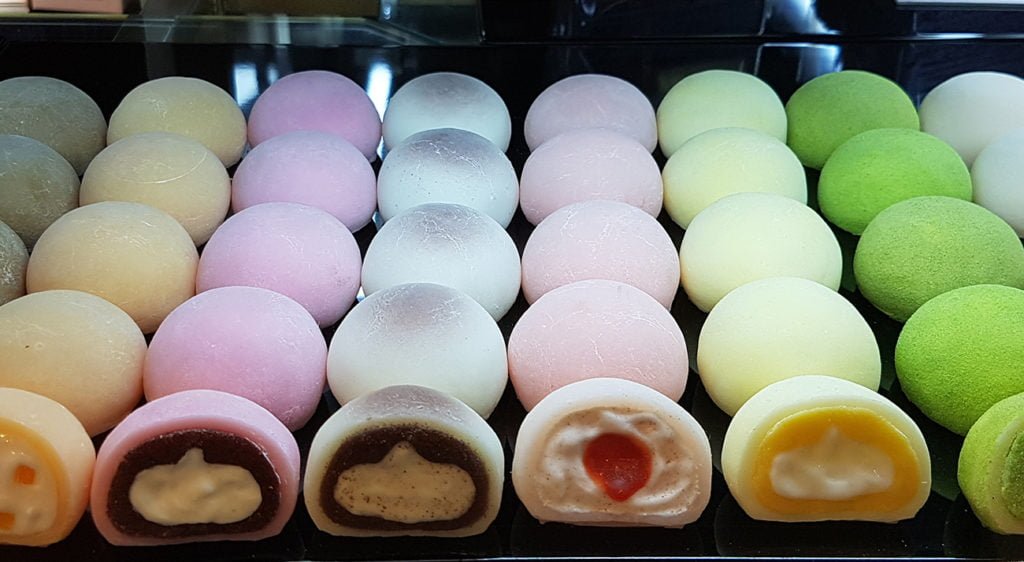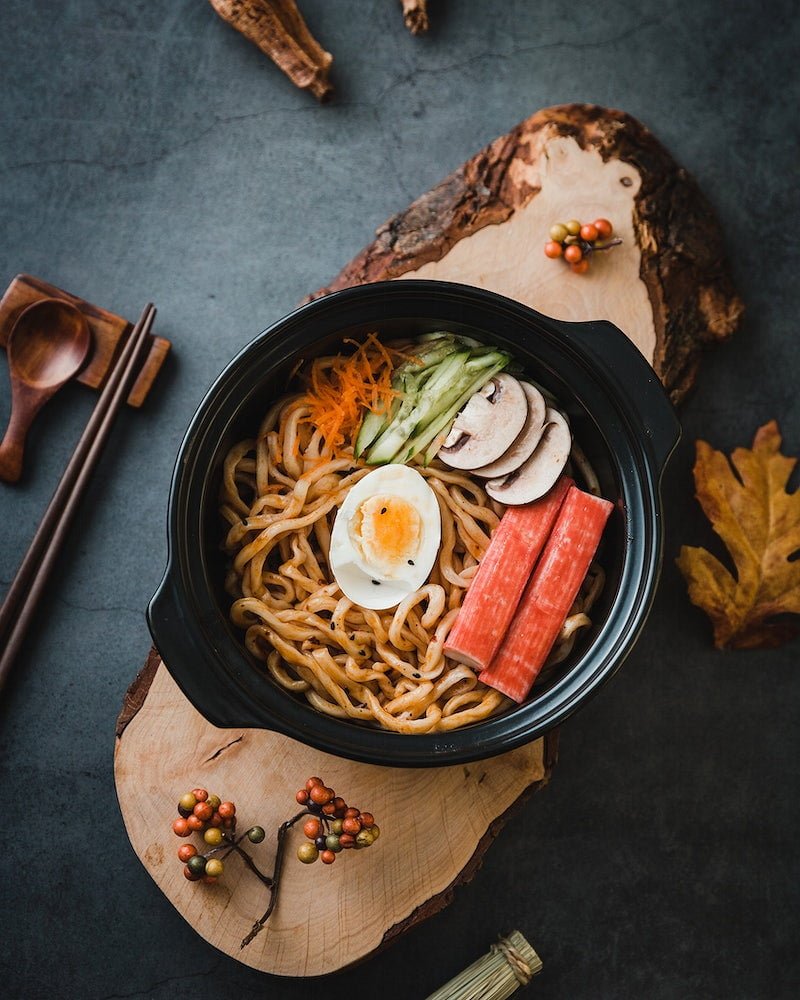Hitesh Keswani, Founder & Director, Silver Beach Entertainment & Hospitality Pvt Ltd, cues us into Japanese food – the trending cuisine in Mumbai and other urban Indian cities.

Hosting a party and looking to set up an appetizing grazing table? Easy, just follow the trend and bring out the sushi grazing boards. With the growing popularity of sushi bars, unending combinations of toppings and endless tips and tricks to make sushi at home, it is safe to say that cities like Mumbai have been witnessing a culinary explosion of sorts with diners making a beeline for the best Japanese restaurants in town. While Japanese restaurants were quite elusive a decade ago with only a handful of them in expensive five-star hotels, the scenario today is drastically different.
Konnichiwa Japan
According to a report by The Japan External Trade Organisation, there are about 100 restaurants in India that predominantly serve Japanese cuisine. Food delivery apps like Swiggy and UberEats have also reported a considerable rise in the delivery of Japanese dishes in recent years. A cuisine that was largely inaccessible to a large chunk of the population is fast becoming a favourite with all. Since the opening of Tokyo, India’s first Japanese restaurant in New Delhi in 1989, Japanese cuisine in India has indeed come a long way.

Going Global
The world no longer lives in cultural bubbles and the willingness to experiment with different kinds of food has risen exponentially. The food scene in Mumbai and other urban cities is burgeoning, and the demand for good quality food that is both healthy and palatable is insatiable. Japanese cuisine made with the freshest of ingredients is light, non-spicy and nutritious, and perfectly fits the bill.
Some urban cities have a largely cosmopolitan crowd with a discerning palate, leading to a rapid rise in the number of eateries serving Japanese food. With a large part of the population working in MNCs and these cities being home to numerous expats, the desire to try out new cuisines is high. Add to this, the rise in those travelling abroad and getting exposure to international cuisines is commonplace. Then, of course, there is the influence of the internet, TV, pop culture, social media and OTT platforms which have tipped the scales in favour of Japanese eats.
Another reason why Japanese food was dubbed haute or elite earlier was that most of the key ingredients were not easily available in India. A majority of them had to be imported, making them elusive and expensive. However, with increased exports of food products from Japan to India in recent years and the fact that several niche ingredients are now available in our country, Japanese food is becoming more accessible.
The healthy choice

Japanese cuisine is often dubbed as one of the healthiest as it is prepared with fresh produce and healthy ingredients, is low in calories and offers several low-fat and low-salt dishes. With new, exotic flavours and sophisticated cooking techniques, it makes abundant use of fresh seafood found easily in Mumbai and some other cities, which again is a reason for its popularity.
Young India is making a conscious attempt to eat healthy food and hence Japanese cuisine is often the preferred choice. It is little wonder that numerous Japanese restaurants like Wasabi by Morimoto, Wakai, Koishii, Koko, Tsubaki and Taki-Taki have mushroomed in the city of dreams in the last few years. Most of these outlets have also been catering to the large vegetarian market in the city with innovative dishes like the vegetarian bento box, yasai tempura, avocado tofu salad and yaki soba. Apart from the quintessential sushi, people reach out for a comforting bowl of miso soup, udon noodle soup, ramen, sashimi, tempura or even teppanyaki.

Rise of sushi
Sushi has become one the trendiest dishes with a plethora of toppings and ingredients beyond conventional raw fish. From spicy tuna, prawn tempura and even mango-avocado, sushi rolls are being prepared in a wide variety of ways. Relished with sharp wasabi and rich soy sauce, they sure have the millennials asking for more. Innovation and creativity are replacing the traditional, with chefs experimenting with fillings made from paneer and even green chutney! From sushi stacks and sushi by the cup, to sushi macarons, sushi donuts and sushi cakes, Mumbaikars (and the urbane set across India) are sure on a unique gastronomical journey!











